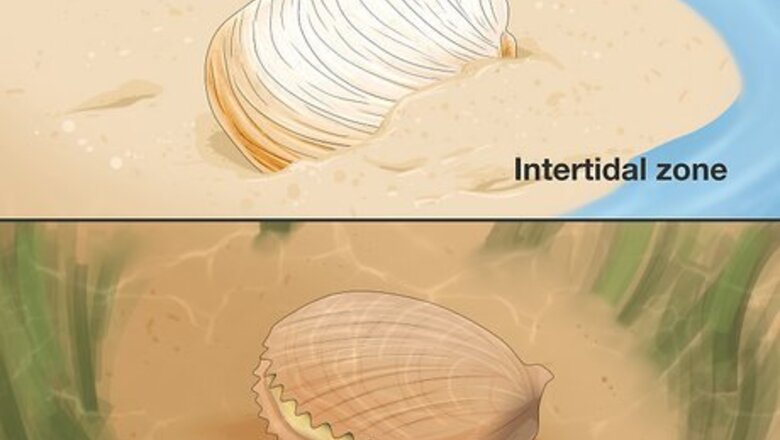
views
- Clams usually live in the shallow waters of the intertidal zone, while scallops live in deeper waters.
- Clams have smoothed edges along their shells, while scallops typically have ribboned edges.
- Clams burrow under the sand and stay there, while scallops constantly move and swim.
- Clams have a chewier texture and saltier taste, while scallops tend to be softer and have a more subtle flavor.
Habitat

Scallops usually live in deeper waters than clams. Both clams and scallops are ocean-dwelling bivalve mollusks. This means they have 2 shells connected by a hinge. Clams tend to live in the intertidal zone, or the area where land meets the ocean. They nestle under the sand so they don’t get disturbed by the waves. Scallops typically live at the bottom of the ocean floor and are commonly found at depths between 200 to 900 feet (61-274 m). Some species of clams do live in fresh waters. Unlike scallops and clams, both mussels and oysters live on rocky coastlines.
Shape
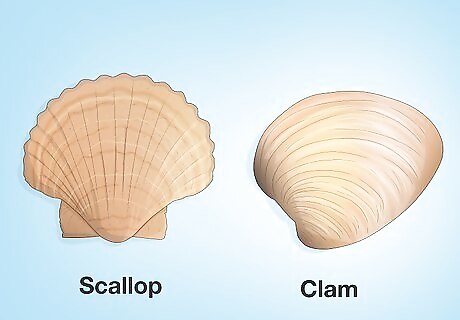
Scallops have ribboned edges, while clams’ edges are smooth. Both clams and scallops have a rounded, triangular shape, which can make them difficult to distinguish at first. However, scallops have a distinctive ribboned edge along the lips of their shells. The edges of clams are usually smooth and completely rounded. They also tend to be wider and more oval-shaped than scallops. Mussels are a bluish-black color, unlike the tan and brown shades of clams and scallops. They are also longer and thinner than these bivalves. Oysters are also long and thin. Their shells are rough and irregular, as if they have layers. They tend to be a deep brown color.
Size
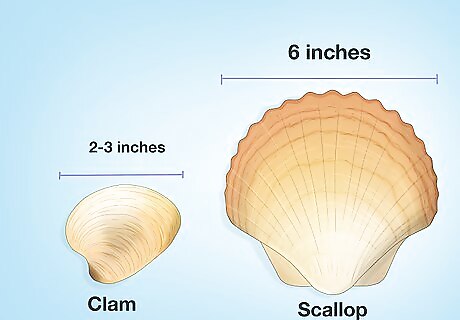
Generally, scallops tend to be larger than clams. While it really depends on the species, the average scallop can grow to about 6 inches (15 cm) wide. Clams tend to be smaller, with many only ranging about 2 to 3 inches (5-8 cm) wide. There are some really huge clams, such as the aptly named giant clam. It can grow up to 4.5 feet (1 m) long and weigh up to 550 pounds (250 kg)!
Taste
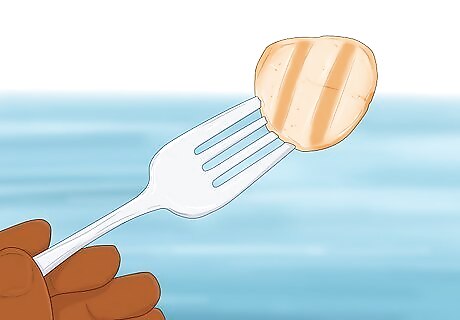
Clams have a salt water taste, while scallops are more subtle. Because clams burrow under the ground, they tend to have a salty, earthy, and sometimes fishy taste when you cook them. Scallops usually have a more delicate, sweet flavor, whether you pan-fry them or bake them. This is likely due to the fact that they’re constantly moving. Oysters have a similar salty, ocean-like taste to clams. Mussels are like a mix between clams and scallops. They tend to have a salty, slightly sweet flavor.
Texture
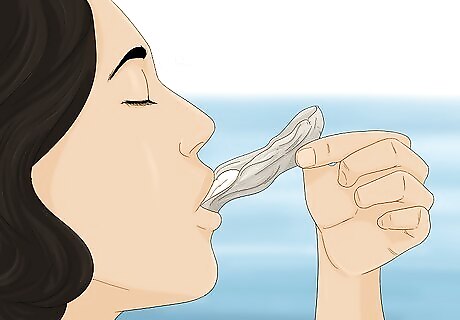
Scallops are typically more tender, while clams are chewier. Both of these bivalves are common delicacies, but they have slightly different textures when they’re cooked. Scallops are constantly working their muscles as they swim, so they are typically very tender and soft. Because clams are more sedentary, they have a chewy, and sometimes rubbery, texture. Oysters tend to be a little less chewy than clams. Mussels are again a mix, being softer than clams, but tougher than scallops.
Nutrition
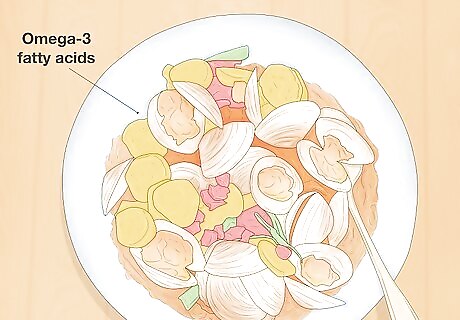
Clams tend to be more nutritious than scallops. Both scallops and clams are delicious shellfish that are rich in protein and beneficial omega-3 fatty acids. However, clams slightly edge scallops out for the most nutritionally-rich bivalve. They contain more potassium, calcium, iron, and vitamin A than scallops. Mussels and oysters are also good for you! Mussels are particularly rich in iron, while oysters are a great source of vitamin D and B12.
Behavior
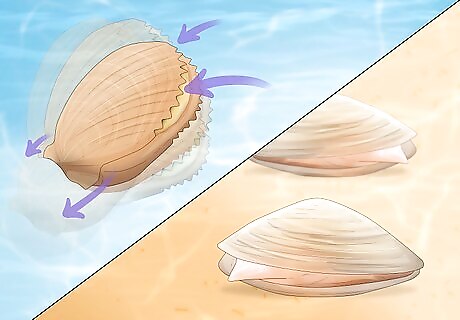
Scallops move around while clams are more sedentary. It might surprise you to learn that scallops actually “swim!” They open and close their shells to propel them through the water and escape predators. On the other hand, clams aren’t big swimmers. They mainly stay in one place: the bottom of the sea floor. Mussels and oysters are sedentary, too. However, they make their homes on hard, rocky surfaces. You can also find oysters sticking out of muddy beaches.
Anatomy
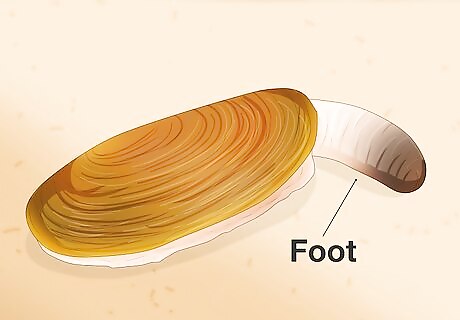
Clams use their muscular feet to burrow, unlike scallops. Clams only have one foot, and it isn’t anything like one of yours. This is a long, muscular appendage that the clam sticks out of its shell to help it tunnel under the sand. While scallops have feet, they’re pretty much useless. Because they swim instead of burrow, their feet are underdeveloped and nonfunctional.
Breeding
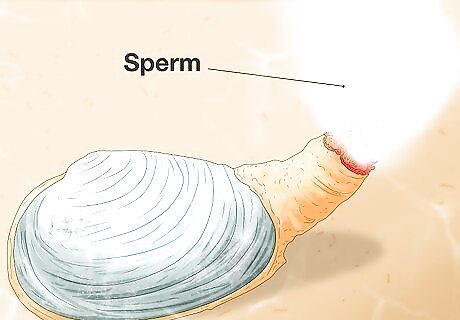
Clams reproduce in the spring, while scallops reproduce in the summer. Scallops and clams actually reproduce by spawning, which is when the males and females release their sperm and eggs out into the ocean. Clams usually start spawning in late spring, often finishing by early fall. Scallops tend to have a shorter breeding season, spawning in late summer and also ending in early fall.
Lifespan
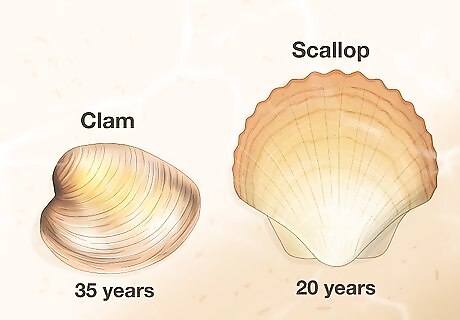
Clams might live longer than scallops. A clam or scallop's lifespan largely depends on the species. On average though, clams can live quite a long time. They often live up to 35 years. Scallops usually live for a slightly shorter amount of time, reaching up to 20 years of age. Some species of scallops, like the bay scallop, only live for 1 to 2 years.


















Comments
0 comment